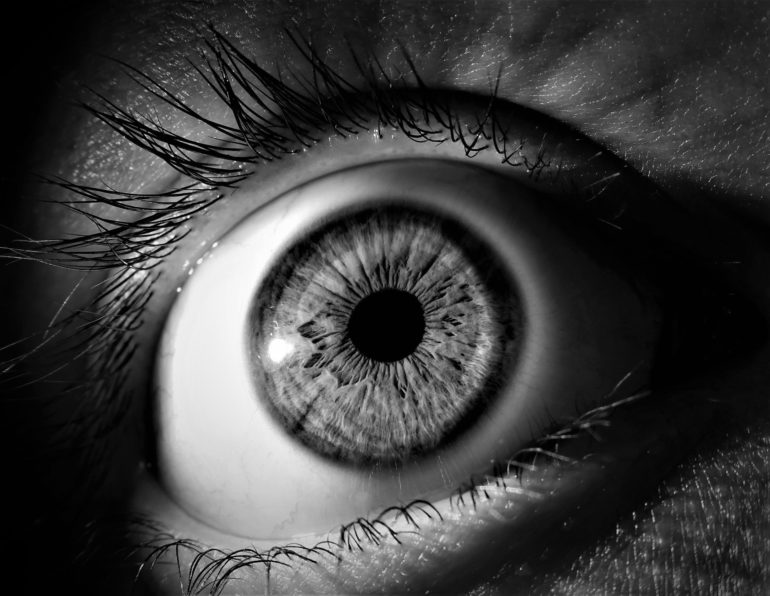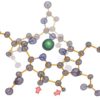Progressive vision loss, and eventually blindness, are the hallmarks of juvenile neuronal ceroid lipofuscinosis (JNCL) or CLN3-Batten disease. New research shows how the mutation associated with the disease could potentially lead to degeneration of light sensing photoreceptor cells in the retina, and subsequent vision loss.
“The prominence and early onset of retinal degeneration in JNCL makes it likely that cellular processes that are compromised in JNCL are critical for health and function of the retina,” said Ruchira Signh, Ph.D., an associate professor in the Department of Ophthalmology and Center for Visual Science and lead author of the study which appears in the journal Communications Biology. “It is important to understand how vision loss is triggered in this disease, what is primary and what is secondary, and this will allow us to develop new therapeutic strategies.”
Batten disease is caused by a mutation in the CLN3 gene, which is found on chromosome 16. Most children suffering from JNCL have a missing part in the gene which inhibits the production of certain proteins. Rapidly progressive vision loss can start in children as young as 4 and eventually develop learning and behavior problems, slow cognitive decline, seizures, and loss of motor control. Most patients with the disease die between the ages of 15 and 30.
It has been well established that vision loss in JNCL is due to degeneration of the light-sensing tissue in the retina. The vision loss associated with JNCL can precede other neurological symptoms by many years in some instances, which often leads to patients being misdiagnosed with other more common retinal degenerations. However, one of the barriers to studying vision loss in Batten disease is that mouse models of CLN3 gene mutation do not produce the retinal degeneration or vision loss found in humans. Additionally, examination of eye tissue after death reveals extensive degeneration of retinal cells which does not allow researchers to understand the precise mechanisms that lead to vision loss.
URMC is a hub for Batten disease research. The Medical Center is home to the University of Rochester Batten Center (URBC), one of the nation’s premier centers dedicated to the study and treatment of this condition. The URBC is led by pediatric neurologist Jonathon Mink, M.D., Ph.D., who is a co-author of the study. Batten disease is also one of the key research projects that will be undertaken by the National Institute of Child Health and Human Development-supported University of Rochester Intellectual and Development Diseases Research Center.
To study Batten disease in patient’s own cells, the research team reengineered skin cells from patients and unaffected family members to create human-induced pluripotent stem cells. These cells, in turn, were used to create retinal cells which possessed the CLN3 mutation. Using this new human cell model of the disease, the new study shows for the first time that proper function of CLN3 is necessary for retinal pigment epithelium cell structure, the cell layer in the retina that nourishes light sensing photoreceptor cells in the retina and is critical for their survival and function and thereby vision.
Singh points out that understanding how RPE cell dysfunction contributes to photoreceptor cell loss in Batten disease is important first step, and it will enable researchers to target specific cell type in the eye using potential future gene therapies, cell transplantation, and drug-based interventions.
Gene therapy targets inner retina to combat blindness
Provided by
University of Rochester Medical Center
Citation:
New research sheds light on vision loss in Batten disease (2021, February 6)
retrieved 6 February 2021
from https://medicalxpress.com/news/2021-02-vision-loss-batten-disease.html
This document is subject to copyright. Apart from any fair dealing for the purpose of private study or research, no
part may be reproduced without the written permission. The content is provided for information purposes only.



